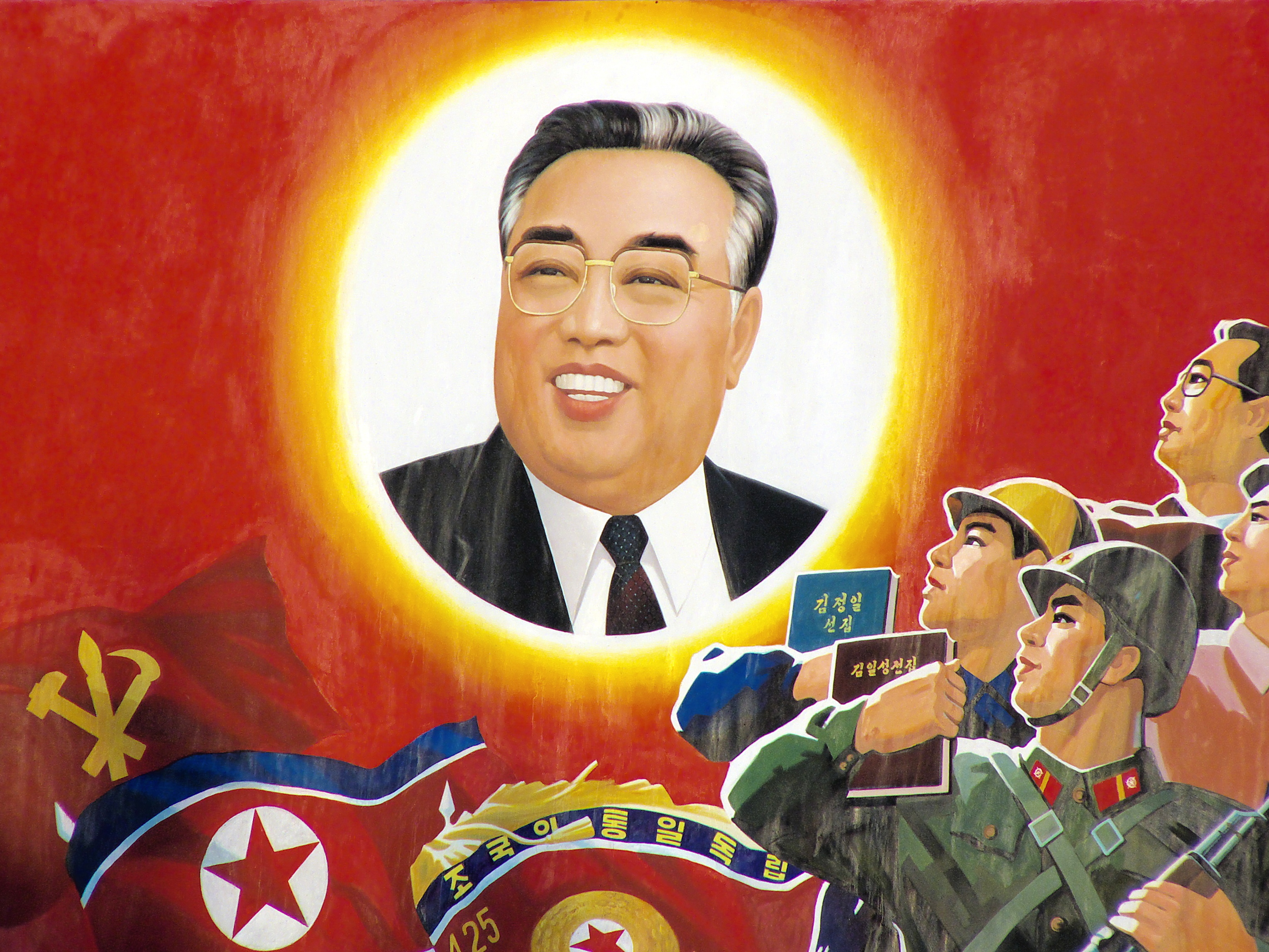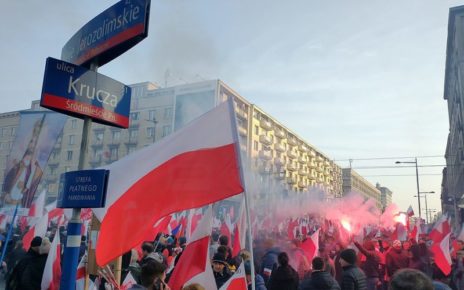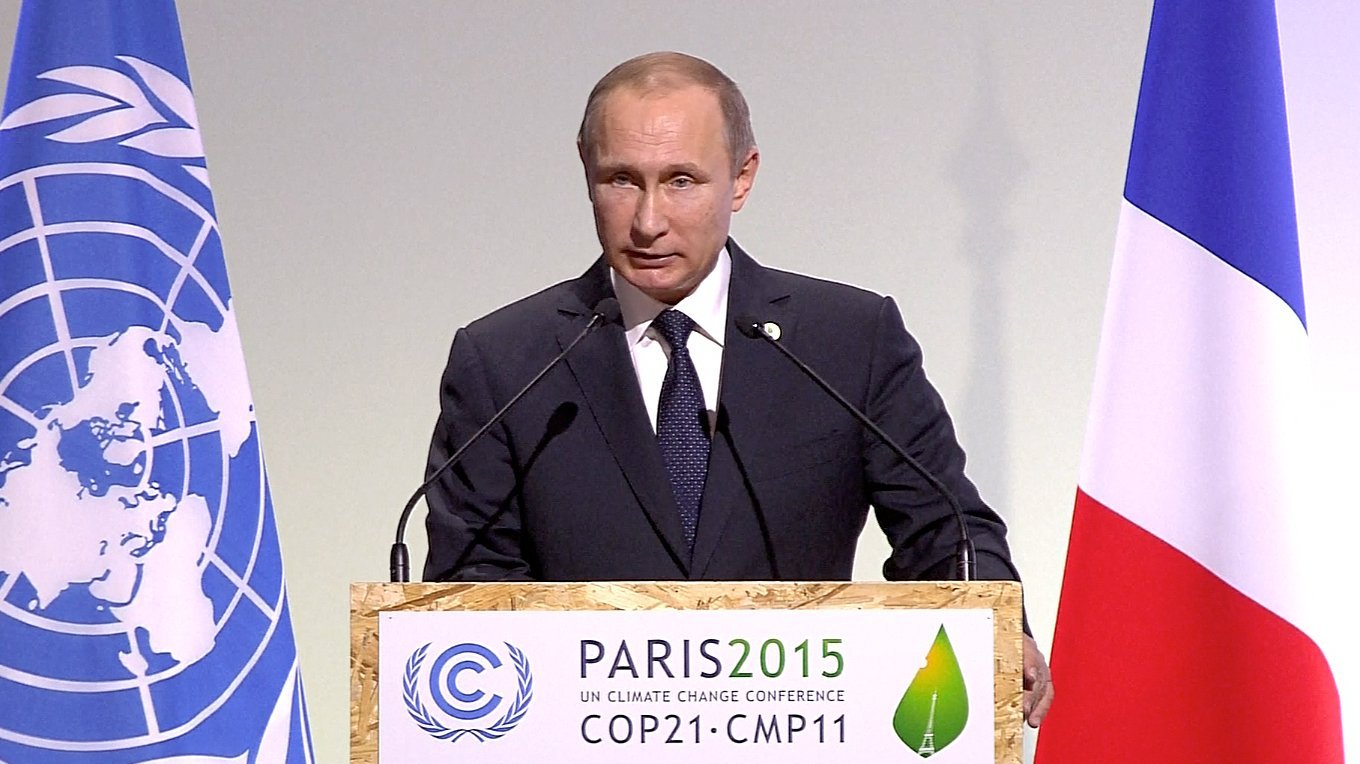The establishment of the North was a mix of accidents and careful planning. When Japan surrendered in 1945, the allies did not have a clear plan for Korea. This was in sharp contrast to the plans for post-war Germany developed in February of the same year. Although the UN had scheduled elections for the whole peninsula in 1948, with the Russian army opposing the entrance of the UN representatives, the elections were only held south of the 38th parallel (Byeon, 1990, Bundan, 56). Through this process, the Republic of Korea (South Korea) was established. A month later, in September, the Democratic People’s Republic of Korea (North Korea) was founded. One might argue that North Korea’s establishment was an accident, as the allied powers, at the end of the Second World War, had not planned for a permanent splitting of the Peninsula into two separate regimes. At the same time, it was planned because the allies, Kim Il-sung and Syngman Rhee expected its independence. Thus, all parties involved, expected Korea to be united under a single government. The only source of contention was the type of ideology this new government would have.Although it was divided with the agreement of the United States, its leaders had assumed that the 1948 election, monitored by the United Nations, would lay the foundation for a democratic government giving legitimacy to the entirety of the Peninsula. On the other hand, the USSR assumed that the North’s expected victory in the Korean War would unify the peninsula under socialism.
Such attempts at unifying Korea ultimately failed, and the peninsula remains divided to this day. Although the border remains relatively stable at the 38th parallel, both sides have attempted to unify Korea by assassinating each others’ leaders. The first of these attempts was in March of 1946, when the White Shirts of Korea [the Baeguisa] tried to eliminate the Korean People’s Army (KPA)’s leadership by disposing of their highest ranking officers. As expected, the first of these targets was Kim Il-sung. According to Do Jinsun, a professor from Changwon University, they threw a grenade in front of Kim Il-sung, though the assassination failed only because a Soviet Second-Lieutenant stationed in Korea, named Novichenko, picked the grenade back up and threw it away from Kim (Do Jinsun, 1997, 76).
South Korean efforts at eliminating Kim Il-sung received attention again, in 1968, when a North Korean second lieutenant named Kim Sinjo and his company were sent from North Korea to the South in a plot to kill Park Chunghee. Although Kim’s unit had camouflaged themselves in South Korean uniforms, their plans were ultimately revealed as they entered the Donui Gate in Seoul, the capital city (Kim Sinjo, 1994, 25). When a police officer stationed at the Donui Gate noticed that their behaviour was strange, he halted their march. When the officer stopped them for questioning, the company opened fire, and the noise from the gunshots alerted the ROK Army. The army launched a massive manhunt for Kim Sinjo and his men, and he was captured and placed on trial. During his trial he confessed that he was sent by the Labour Party to assassinate Park Chunghee (Kim Sinjo, 1994, 25). Furious at Kim Sinjo’s testimony, Park Chunghee ordered the creation of a special forces unit – Unit 684 – whose 31 members were specifically trained by the special forces division of the ROK Air Force to assassinate Kim Il-sung (Do Hyeonsin, 2015, 11). Although this unit had trained for 3 years, they were never sent to Pyongyang, as the Park regime’s policy towards the North had by then changed.
After becoming the president, in 1963, through a military coup, finding and maintaining legitimacy was always a challenge for Park Chunghee. In the election held in the October of that year, Park defeated Yun Boseon by a margin of just 1.5% (Kim Myeonggyu, 2011, 11). Although during his first reelection in 1967, he defeated Yun yet again by 10%, troubles surfaced in the election of 1971, as he had only won by a margin of 8% (Kim Myeonggyu, 2011, 11). Believing that the gap between himself and the opposition party was closing, Park declared the Yusin Constitution. This constitution stripped away many rights from the South Korean populous, such as the right to vote in the presidential elections, and awarded many executive rights to the president, such as the right to declare martial law without parliamentary approval. As was required by law, this constitution was passed by popular vote, and was established by parliament. When advocating for the new constitution, Park and his Republican Party argued that such a constitution would allow the ROK to unify with the North through peaceful processes (Byeon, Unification, 65). As segments of the population who had traditionally opposed Park held a strong desire for reunification, they supported the passing of the new constitution during the popular vote. The parliament, already controlled by Park, approved the constitution without delay. In short, because Park had argued that the passing of the Yusin Constitution would allow for a peaceful reunification with the North, he could not perform any hostile acts against the North, let alone try to kill Kim Il-sung. Thus for political reasons, Unit 684 was not sent to Pyongyang.
As North Korea continues to test intercontinental ballistic missiles and nuclear weapons, the time may come when assassinating Kim Jong-un becomes an option to consider. Canada might play a critical role in this consideration because Kim Jong-il’s former body guard, Lee Yeongguk, has claimed refugee status in Canada (Keung, 2017, 1). It will be up to the provincial and federal courts to decide whether he is admitted as a refugee or not, however, if he is willing to collaborate with Canadian intelligence services and the DND, Canada might be able to provide vital intelligence about North Korea.
Photo: This is a common Image of Kim Il-sung taken after he completed North Korea’s constitution in 1961. That constitution had finalized Kim Il-sung’s power struggle against another military commander named Kim Tubong.
Works Cited
Byeon Taeseop (1990) Minjogui haebanggwa bundan chejeui seongrip. [Independence, Division and the Establishment of the Two Republics in Korea]. Seoul: Ungjin
Byeon Taeseop (1990) Minjoktongireul hyanghayeo[ Different Attempts at Unifying Korea]. Seoul: Ungjin
Do Hyeonsin (2015) Gukgaui baesin : silmidoeseo sewolhokkaji, gukmineul sogin gukgaui geojismal [From the Events of the Silmi Island to the Sinking of MV Sewol: Lies told by the South Korean Government]. Seoul: Inmulgwasasangsa
Do Jinsun (1997) Hanguk minjokjuuiwa nambuk gwangye: Syngman Rhee and Kim Gu sidaeui jeongchisa [The Relationship Between Korean Nationalism and the interactions between The Koreas: A political history of : Syngman Rhee and Kim Gu’s Times]. Seoul: seouldaehakgyochulpanbu
Keung Nicholas (2016) Bodyguard to late North Korean dictator seeks asylum in Canada: Toronto: The Star Retrieved September 8th 2017 From: https://www.thestar.com/news/immigration/2016/04/06/bodyguard-to-late-north-korean-dictator-seeks-asylum-in-canada.html
Kim Il-sung in Wikipida Retrieved September 8th 2017 From: https://ko.wikipedia.org/wiki/김일성
Kim Myeonggyu (2011) Hewi yun boseon : saengaewa sasang. [ The Life and Idology of President Yun Boseon] Seoul: Korea University Press.
Kim Sinjo (1994) Naui seulpeun yeoksareul malhanda. [My Sad History] Seoul: dongachulpansa
Disclaimer: Any views or opinions expressed in articles are solely those of the authors
and do not necessarily represent the views of the NATO Association of Canada.




